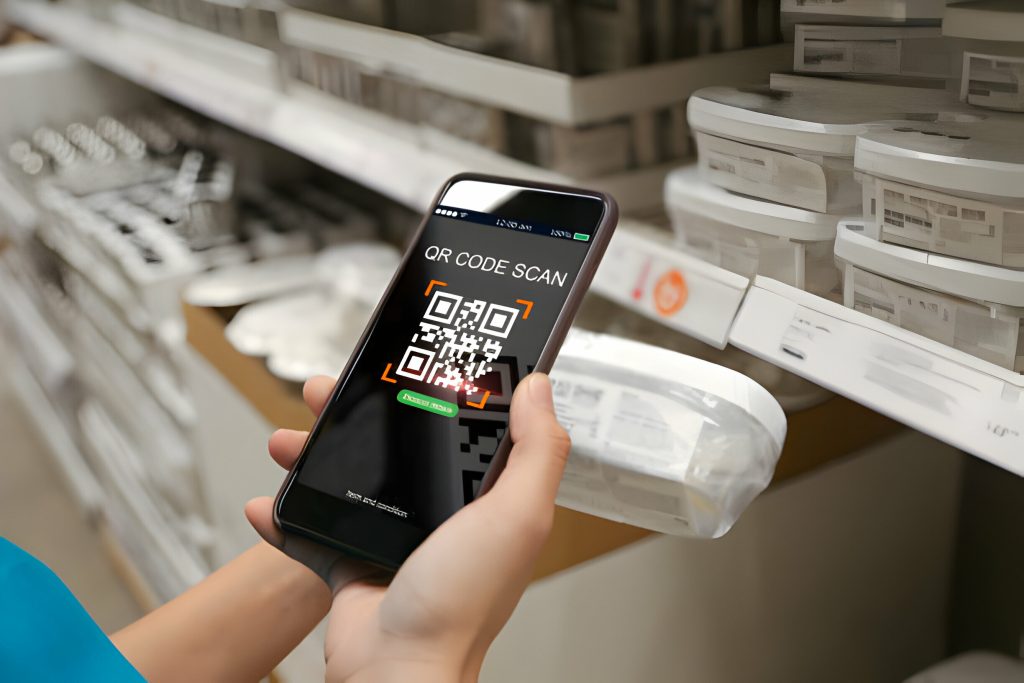In the ever-competitive cannabis industry, effective packaging is pivotal in brand recognition and adherence to regulations. It is a powerful tool for establishing brand identity, attracting consumers, and ensuring product safety.
Mastering these essential elements can set a cannabis business on sustainable growth and prominence. We’ll get into each of these elements, unveiling their significance and offering insights into how they can be harnessed effectively to thrive in the cannabis market.

1. Creating an Authentic Brand Identity
If you’re venturing into the cannabis industry as a new brand, you have a unique opportunity to craft your identity from the ground up. Establishing an authentic brand identity begins with a deep understanding of the industry landscape, your brand’s voice, and your target demographic.
At its core, your brand should encompass recognizable fonts, imagery, and colors that enable potential customers to easily identify your products and distinguish them from others on dispensary shelves.
In today’s fast-paced world, consumers have an abundance of options at their fingertips. To appreciate the importance of authentic branding, consider these compelling statistics cited by CannaMack:
- Switching Brands: A staggering 61% of consumers switched brands in the past year. This demonstrates the fluid nature of brand loyalty in today’s market.
- Evolving Loyalty: An astonishing 77% of people retract their brand loyalty more rapidly than they did just three years ago, highlighting the ever-changing landscape of consumer preferences.
- Millennial Expectations: A significant 78% of millennials believe that brands must work harder to secure their loyalty, underscoring the need for brands to continually engage and resonate with this influential demographic.
For established cannabis brands, maintaining authenticity is equally vital, especially when introducing new products. Drastically altering your cannabis packaging can be perplexing to your loyal consumer base. In an industry characterized by continual change, confusion is the last thing you want.
Brand authenticity extends beyond aesthetics. For instance, a cannabis brand that prides itself on using only organic ingredients should stay true to this commitment in both new and legacy products. Authenticity involves comprehending how consumers perceive your brand and aligning your values accordingly. These principles should be evident in every facet of your cannabis packaging design, reinforcing the trust and loyalty of your customer base.

2. Standing Out on Dispensary Shelves
Packaging stands as the paramount resource in marketing any product. It serves as a vital medium for brands to establish a connection with their audience while exerting a profound influence on consumer purchasing decisions. Packaging, in essence, operates as the foremost tool for not only attracting potential consumers but also crafting a lasting perception in their minds.
Research conducted by the Secretariat of the Seoul International Color Expo provides further credence to the significance of packaging design. An overwhelming 92.6% of respondents highlighted the utmost importance of visual factors when making purchasing decisions.
Key elements in this regard encompass:
- Color: The color scheme utilized in packaging.
- Layout and Typography: The arrangement and style of text.
- Effective Graphics: The use of compelling visual elements.
- Size and Scope of Packaging: The dimensions and overall presentation of the packaging.
- Quality of Packaging Material: The materials used for packaging construction.
- Innovative Design: Creativity and uniqueness in packaging design.
In the fiercely competitive cannabis market, setting your brand apart is not just advantageous; it’s imperative. Understanding the intricate interplay between your target consumers, packaging design, product quality, and price point is pivotal. Furthermore, this understanding will influence not only how your product is perceived but also its positioning on dispensary shelves, a critical factor in grabbing the attention of discerning buyers.
3. Ensuring Cannabis Packaging and Labeling Compliance
The majority of states have embraced some form of legalized marijuana sales. However, each state operates with its own distinct regulatory body tasked with overseeing compliance within the cannabis industry, including the critical aspects of packaging and labeling.
State laws governing cannabis packaging and labeling often include specifications such as:
- Permissible cannabis terminology.
- Milligram limits for cannabis content per package.
- Font size requirements.
- Mandatory FDA warning statements.
- Comprehensive ingredient listings.
- State-specific certification language.
- Expiration date indications.
- Usage instructions for consumers.
- Contact information for the cannabis company.
- And more.
It’s important to note that most states prohibit any medical claims on cannabis packaging, as the FDA has not granted approval for cannabis products to be marketed for specific medical treatments. Consequently, making such claims, irrespective of any research or anecdotal evidence, is considered “misleading” and is not permitted.
Childproof packaging is a top concern in many states, often leading to restrictions on the use of cartoonish or child-friendly imagery. Certain states go further, prohibiting cannabis edible packaging from resembling candy and disallowing edible products (e.g., gummies) from taking shapes that could be easily mistaken for regular snacks or treats.
Failure to adhere meticulously to all cannabis packaging design and labeling guidelines can have severe consequences, including potential fines, loss of product, or even the suspension or revocation of licenses. Therefore, it is imperative to consult with your state’s governing authority and also research the regulations of any states you intend to ship to before finalizing your cannabis packaging design.

4. Understanding Strength of the Product
While this aspect might intersect with compliance, the potency of your product holds such paramount importance that it merits its own dedicated section. One of the foremost challenges facing many newcomers to the cannabis scene is the lack of clarity regarding product potency and dosing.
For instance, when a cannabis edible package states “10mg per dose” for a chocolate bar, it’s imperative to provide crystal-clear explanations of what constitutes a single dose and how many doses are contained in the entire edible. The absence of consistent labeling standards and consumer education remains an ongoing concern.
Practically every cannabis enthusiast has either experienced or heard of situations where they or someone they know miscalculated the potency of their cannabis product, leading to unintended side effects. It’s not sufficient merely to include potency information on your cannabis packaging design; it must be presented in an unmistakably clear manner to ensure consumer safety and satisfaction.
5. Harnessing the Power of QR Codes
A Quick Response (QR) code, essentially a type of barcode, possesses the remarkable ability to be swiftly scanned by digital devices like smartphones. These square configurations consist of scannable pixels, providing a direct gateway to a linked website or additional information related to the scanned item.
Statistics from a study conducted by The Drum and YouGov underscore the growing prevalence of QR code utilization, with a substantial 75% of consumers expressing their intention to incorporate QR codes into their future interactions.
This QR code phenomenon isn’t confined to cannabis packaging alone but is gaining traction among both wholesalers and end-users. QR codes frequently serve as conduits to third-party testing results or offer supplementary information that might not fit on the packaging but remains pertinent to the consumer. Notably, several states, including Indiana, Texas, Utah, Florida, New York, and Oregon, currently mandate the inclusion of QR codes on cannabis products, accentuating their increasing relevance in the industry.

6. Embracing Sustainability in Cannabis Packaging
Traditionally, cannabis enthusiasts tend to gravitate towards natural and eco-conscious solutions. In stark contrast to conventional packaging norms, the vast majority of cannabis packaging steers clear of disposable plastics. This shift is largely attributed to the market’s inclination towards materials that are either biodegradable or reusable, aligning with the values of sustainability.
A recent consumer behavior report conducted by IBM reaffirms this trend, revealing that nearly 60% of surveyed consumers are willing to adapt their shopping habits to reduce their environmental footprint. Remarkably, 8 out of 10 respondents emphasized the paramount importance of sustainability in their purchase decisions. Furthermore, over 70% expressed their readiness to pay premium prices for products associated with environmentally responsible brands.
Cannabis, as an agricultural crop, inherently possesses a remarkable degree of sustainability, boasting a minimal carbon footprint. As you contemplate your cannabis packaging choices, consider opting for materials that are recyclable and environmentally friendly, such as paper and glass. By embracing eco-conscious packaging, you not only align with consumer preferences but also contribute to a greener, more sustainable future for the cannabis industry.
Key Takeaways
|
Chart a Course to Cannabis Packaging Excellence With CannaMack
For expert guidance and assistance in implementing these strategies, consider CannaMack. With our proven track record and expertise in cannabis marketing, we can help you navigate the challenges and seize the opportunities in this ever-evolving market. Contact us today to learn more!






 Harnessing the Power of QR Codes:
Harnessing the Power of QR Codes: Embracing Sustainability in Cannabis Packaging:
Embracing Sustainability in Cannabis Packaging: